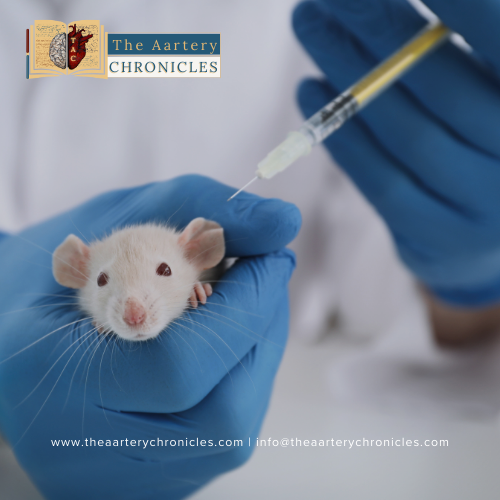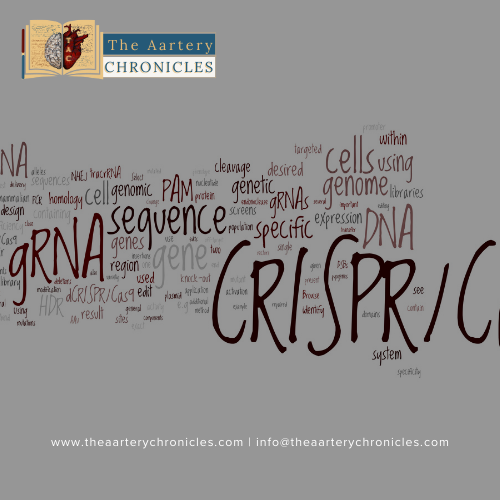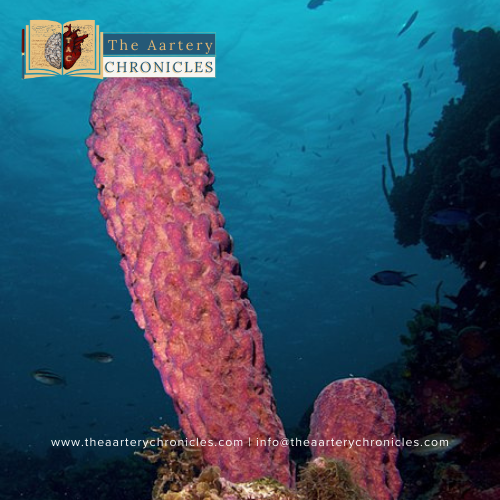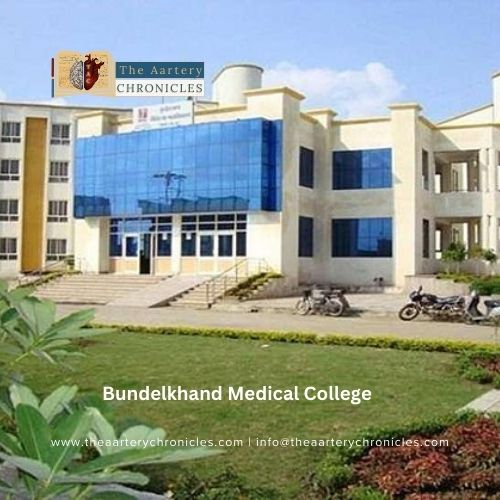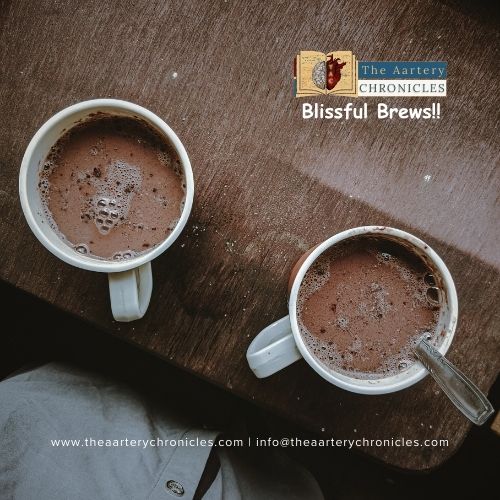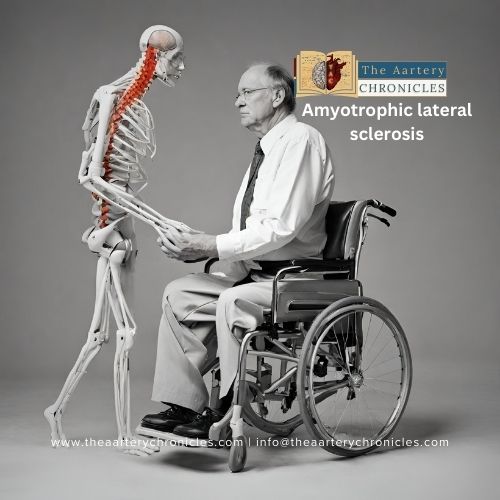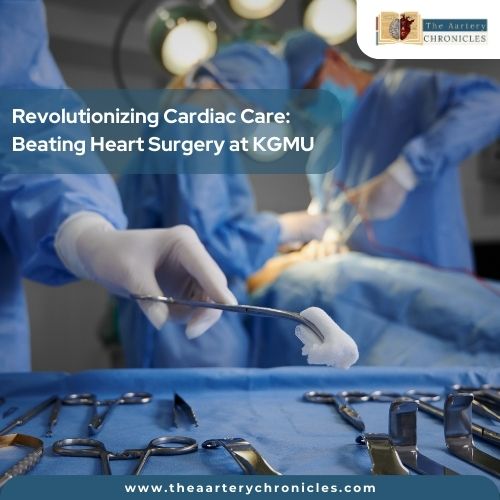
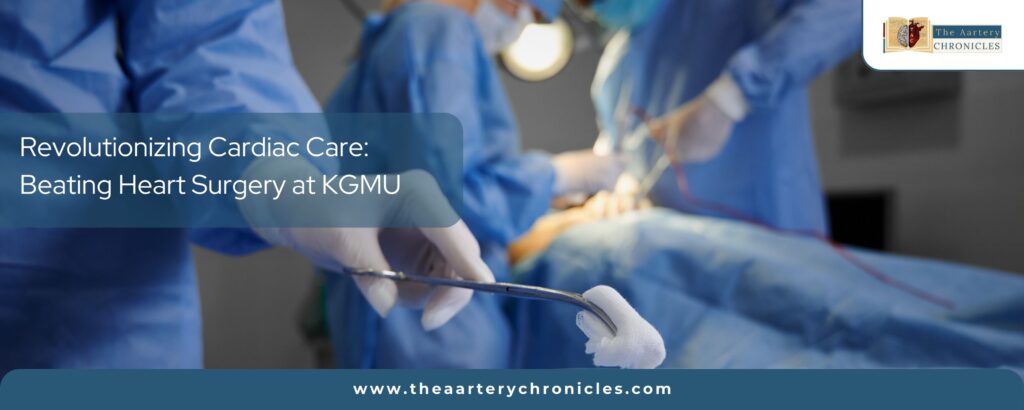
A New Lease on Life: The Heroic Surgical Feat at KGMU
In a rare medical feat, doctors at King George’s Medical University (KGMU) performed a unique and challenging operation on Munne Lal Sharma, a 54-year-old man who sustained terrible injuries in an accident. On March 27, Sharma, an e-rickshaw driver from Sultanpur, lost his balance while cleaning the top of his toilet and fell on an iron rod, piercing his heart and lungs. Despite his serious injuries, Sharma was able to travel 25 kilometers from his hamlet in Durgapur to a district hospital in Sultanpur, where he got basic care before being transferred to KGMU.
When he arrived at KGMU, the trauma surgery team, coordinated by Dr. Vaibhav Jaiswal and Dr. Yaduvendra Dheer, faced a tough challenge. Traditional treatments for such cardiac ailments often include stopping the heart and utilizing a heart-lung bypass system, which was not an option owing to Sharma’s critical situation and financial restraints.
The team used a unique method and performed beating heart surgery, which allowed them to try to repair the heart while it was still beating. This procedure, considered to be the first of its sort in Asia for a situation like this, lasted almost four hours. The surgeons gently removed the iron rod and repaired the damage to Sharma’s heart and lungs, during which he received seven units of blood.
After three days on a ventilator and nine days in the critical care unit, the patient fully recovered. The procedure included significant threats, including severe bleeding and the mixing of oxygenated and deoxygenated blood, which may have been fatal. Despite these challenges, the surgical team successfully repaired damage to both chambers of the heart.
Post-operative care was critical to avoiding problems like blood clots, which might injure the brain or other organs. Medication was given to reduce these dangers, and Sharma showed substantial progress, being able to recognize himself and communicate his well-being by the fourth day following surgery. Amazingly, he was able to walk just one day after being taken off ventilator support.
This successful procedure demonstrates the skill and rapid thinking of the KGMU medical team, which includes trauma surgeons, heart surgeons, and anesthesiologists. Their actions saved Sharma’s life while also lowering medical costs, displaying the university’s high level of care and ingenuity.
Source: Inputs from various media Sources
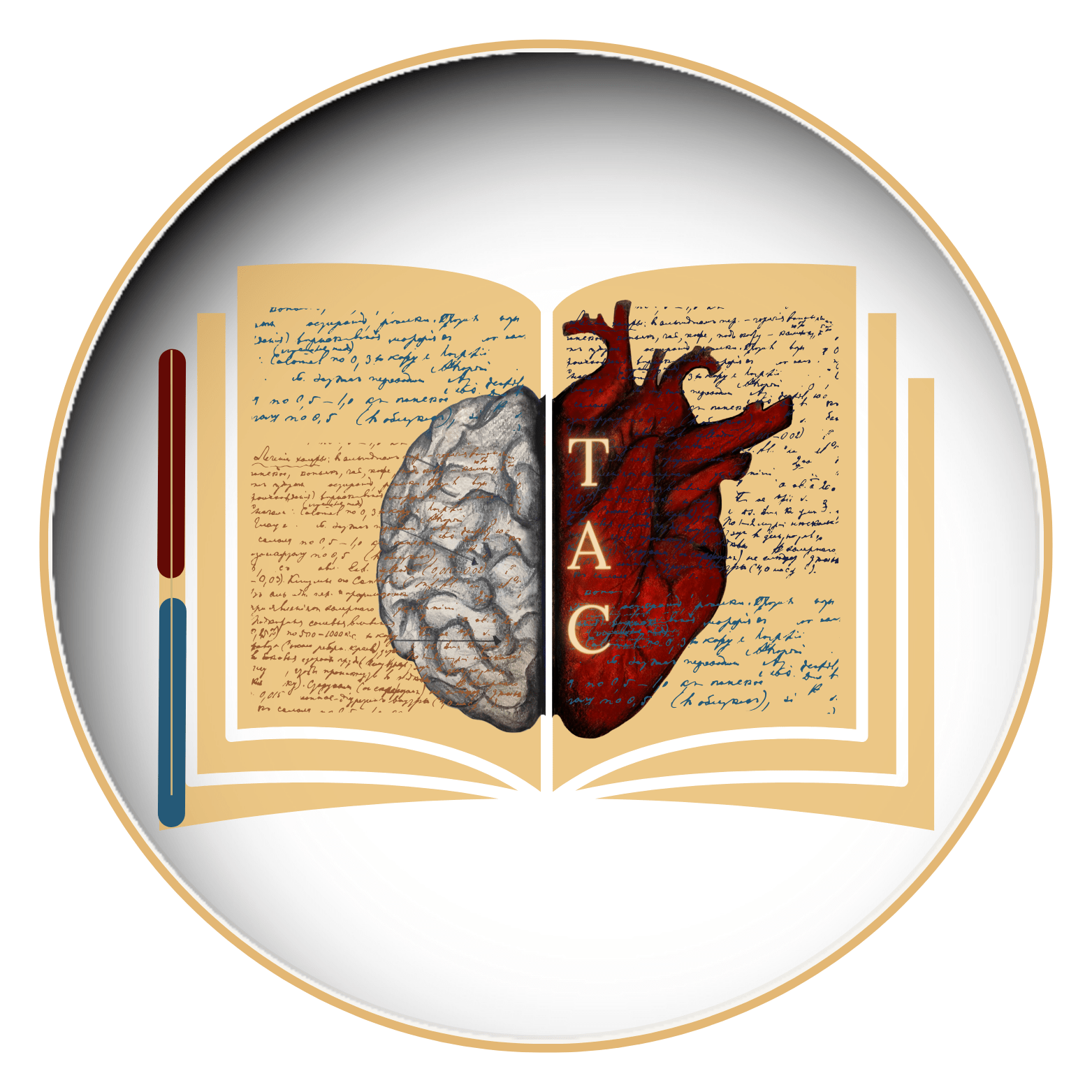
Priya Bairagi
- Medicine and Diseases
- Nutrition and Diet






